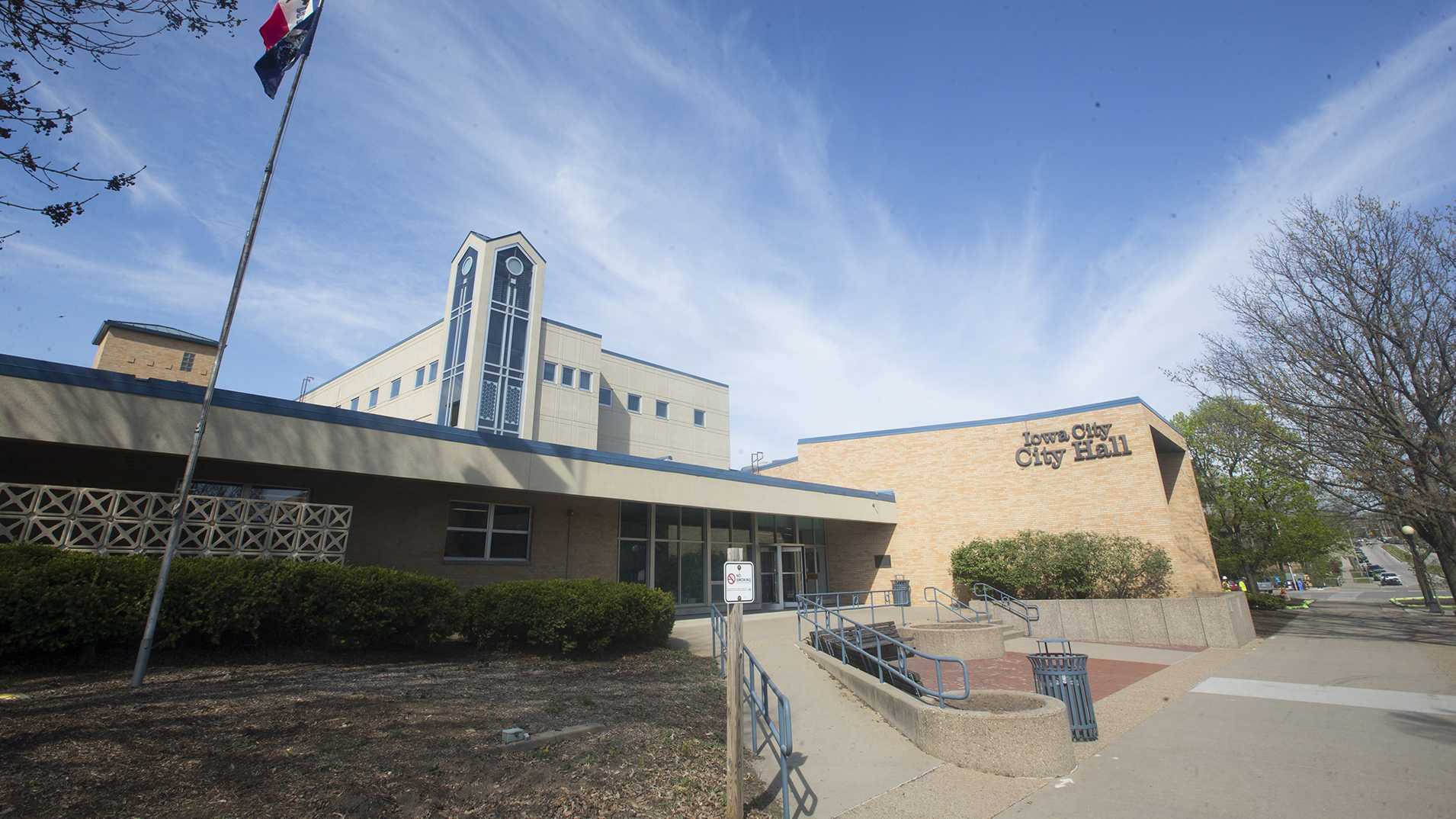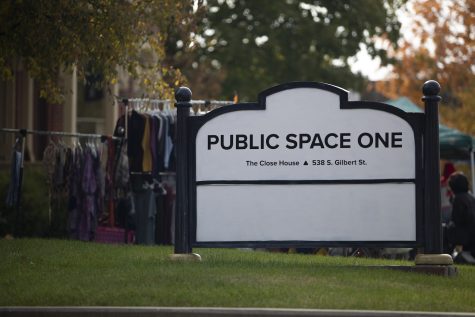Let’s talk about sex (ed), baby
Sex-education requirements in the U.S. are determined by state laws, meaning that some states allow schools to provide little information, some of which may not even be factually based. Iowa, however, has fairly comprehensive sex-education requirements.
April 24, 2019
It’s 2019, and sexual-health resources are more available to students than ever. With wide access to the internet, and a cultural shift in attitudes toward sex, young adults should be going into college well-educated on how to stay safe and healthy when having sex. However, across the United States, sex education can vary drastically state by state, or even school by school.
According to the National Conference of State Legislatures website, only 24 U.S. states are required to provide sex and HIV education in public schools, as of 2016. Only 20 states require that, if provided, education must be medically, factually, or technically accurate. And while people ages 15 to 24 only represent 25 percent of the sexually active population, this age group contracts more than half of all new STIs, according to the CDC.
In Iowa, sex education varies drastically, as Iowa Code leaves a lot of wiggle room in drawing the lines for schools’ curricula.
According to Iowa Code, “Each school board shall provide age-appropriate and research-based instruction in human growth and development, including instruction regarding human sexuality, self-esteem, stress management, interpersonal relationships, domestic abuse, HPV and the availability of a vaccine to prevent HPV, and acquired immune deficiency syndrome as required in section 256.11, in grades one through 12.”
While laying out these requirements, Iowa also gives the option for parents to opt their children out of sex education. Additionally, while they require the material taught to be research-based, medically accurate, and objective, it also says that schools are allowed to teach an abstinence-only curriculum.
University of Iowa sophomore Abbey Fitzsimmons said her sex education at her high school in Marion, Iowa did provide information on contraception. However, there was a larger focus on the consequences of sex, such as STDs.
“I had health class sophomore year,” she said. “We had it for a quarter of a year, and as far as sex-ed stuff, I remember we mostly talked about just STDs. That’s about it. And then we just talked about other health topics.”
For UI junior Meredith Nastruz, who attended high school in Waukee, Iowa, the sex-education unit itself was useful, but the class rushed through it.
“[Sex-ed covered] the list of different contraceptive options and how effective they were,” Nastruz said. “That part was good, but it was kind of glossed over in a week and not super-expanded. It did not emphasize abstinence-only.”
According to the Guttmacher Institute, only 18 states require that information on contraception be provided. Thirty-seven states require that abstinence information be provided, 27 of which require abstinence to be stressed. Stressed abstinence can mean both explicit and inexplicit scare tactics are used.
The emphasis on after-the-fact consequences rather than preventative measures was noted by several students who went to Iowa schools.
“We had a required health class but not sex ed,” UI sophomore Grace Malloy said, who went to school in Waverly, Iowa. “It was a lot of scare tactics, not overt, but showing graphic pictures of STDs on the screen. It wasn’t the worst by any means, but it certainly wasn’t the best.”
Like other students, she relied on other sources of information when her school did not provide enough.
“[School curriculum] could’ve had more support or resources, less scare tactics,” Malloy said. “I actually got really good sex ed through my church. They put us in class with a health expert who covered everything. I got a lot of support from church but not from school.”
According to a 2016 article in the Journal for Adolescent Health titled “The State of Sex Education in the United States,” abstinence-only-until-marriage sex education was adopted by the government in the late-90s, and 49 out of 50 states promoted that method.
However, research since then has shown that that sort of education does not delay sex in young adults, nor does it reduce risky sex behaviors, decrease pregnancy rates, or increase condom or contraceptive use.
While many schools across the nation still stress abstinence-only sex education, some students do receive comprehensive sex-ed in high school.
“I think they did a pretty good job of [preparing us],” UI sophomore Will Lang said about his experience in Oswego, Illinois. “They said what everything was. They covered a broad range of topics, but they didn’t cover college topics [specifically], because they weren’t thinking that far ahead.”
Lang’s school covered a broad range of curriculum, including birth-control methods and sexual assault.
“We had a whole unit on STDs and STIs, where we went over it and each had to present on a certain one,” Lang said. “We went over condoms, and birth-control pills, and then, of course, abstinence. They went over what constitutes as sexual assault and rape. I remember them telling us about how even if you’re dating and sharing nudies, it’s still child pornography.”
In comparison with some other states, Iowa requires a well-rounded curriculum for sex ed. According to the National Conference of State Legislatures website, in Iowa, school boards are required to provide age-appropriate and research-based health information including a wide variety of sex-education topics.
“The curriculum was rewritten two years ago and is very inclusive,” Kathy Bresnahan, a health teacher at West High, said in an email to The Daily Iowan. “There’s a wellness unit and a violence and conflict unit. There’s a reproductive unit on anatomy, fetal development, fertilization, STIs, birth control, and pregnancy. There’s a sexuality unit covering abstinence, sexual decision-making, and LGBTQ+. [Finally], there’s a drugs, alcohol, and tobacco unit.”
Iowa City schools partner with a community-based program called United Action for Youth, which sends instructors to classes to provide research-based learning.
“The curriculum includes male and female reproductive systems, STDs, STIs, HIV, abstinence, additional birth control, signs of pregnancy, and dating violence,” said Diane Schumacher, the director of curriculum, instruction, and assessment. “We address sexual identity, gender identity, sexual orientation, sex abuse and violence. I think we have a pretty comprehensive program.”
The classes are in the curricula for seventh-, eighth-, and ninth-graders in the school system, and the curricula focus on providing equal information to students of all types.
Johnson County has one of the lowest rates of teen pregnancy in Iowa, only one in 100 births are to a teen mother, according to the County Health Rankings. Iowa is 33rd in the country for teen-pregnancy rates, according to the CDC.
In 2009, President Obama eliminated a majority of federal funding for abstinence-only education in favor of funding programs that discuss birth control, according to the National Coalition Against Censorship. According to the CDC, teen-birth rates have been on the decline, with historic lows in 2014; Iowa has followed this trend.
“We teach about alternative forms of birth control as well as abstinence,” Schumacher said. “All of our seventh-, eighth-, and ninth-grade classes are co-ed. They all get the same information.”




















